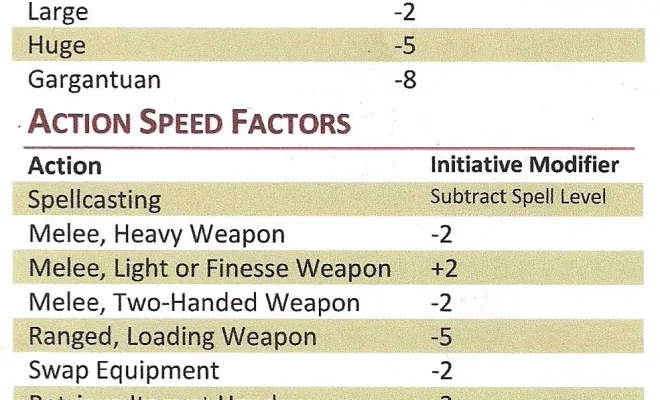How to calculate food cost percentage

Running a successful restaurant or food business depends on understanding and controlling your food costs. One crucial metric for this is the food cost percentage, which helps you evaluate how much you’re spending on ingredients relative to your overall revenue. In this article, we’ll discuss what food cost percentage is, why it’s important, and how to calculate it so you can manage your business more effectively.
What is Food Cost Percentage?
Food cost percentage is the ratio of the cost of ingredients used in a dish compared to the revenue generated from selling that dish. It helps you determine if you’re pricing your menu items correctly and if your costs are aligned with industry standards. A lower food cost percentage indicates you’re effectively managing your costs, while a higher percentage suggests there might be inefficiencies or wastage in your purchasing or production processes.
Why is Food Cost Percentage Important?
Calculating food cost percentage provides several benefits for restaurant owners and managers, including:
1. Pricing Strategy: Understanding your food cost percentage helps you set menu prices that ensure profitability while remaining competitive in the market.
2. Cost Control: A rising food cost percentage might indicate issues with inventory management or supplier pricing, which can be addressed by negotiating better deals or reducing food waste.
3. Menu Engineering: Analyzing individual dishes’ food cost percentages can highlight opportunities to redesign the menu, either by adjusting ingredient choices or altering portion sizes.
4. Profitability: Overall, lowering your food cost percentage will result in higher profit margins.
How to Calculate Food Cost Percentage
To calculate food cost percentage, follow these steps:
1. Determine the Cost of Ingredients: List each ingredient used in a dish and their respective costs per unit (e.g., price per pound, ounce, etc.). Multiply the amount used in the recipe by the unit cost to get the total ingredient cost.
2. Calculate Total Recipe Cost: Add up all the individual costs to calculate the total recipe cost.
3. Determine Average Serving Cost: Divide the total recipe cost by the number of servings the recipe produces to find the average serving cost.
4. Calculate Revenue per Serving: Identify the selling price of each dish, accounting for any discounts or promotions if necessary.
5. Calculate Food Cost Percentage: Divide the average serving cost by the revenue per serving and multiply by 100 to get the food cost percentage.
Example:
Ingredients:
– Chicken breast: 8 oz at $2.50/lb
– Vegetables: 4 oz at $1.00/lb
– Sauce: 2 oz at $0.50/oz
Recipe Yield & Price:
– Yield: 4 servings
– Price per serving: $12
Calculations:
1. Ingredient Costs:
– Chicken: (8/16) * 2.50 = $1.25
– Vegetables: (4/16) * 1 = $0.25
– Sauce: 0.5 * 2 = $1.
2. Total Recipe Cost = $1.25 + $0.25 + $1 = $2.50
3. Average Serving Cost = $2.50 / 4 = $0.625
4. Revenue per Serving = $12
5.Food Cost Percentage = ($0.625/$12) * 100 = 5.21%
Conclusion
By calculating food cost percentage, you can gauge if your pricing strategy is successful and address any inefficiencies in cost management that may arise during restaurant operations. Make this calculation a regular part of your management process to ensure business growth and profitability in the long run.






